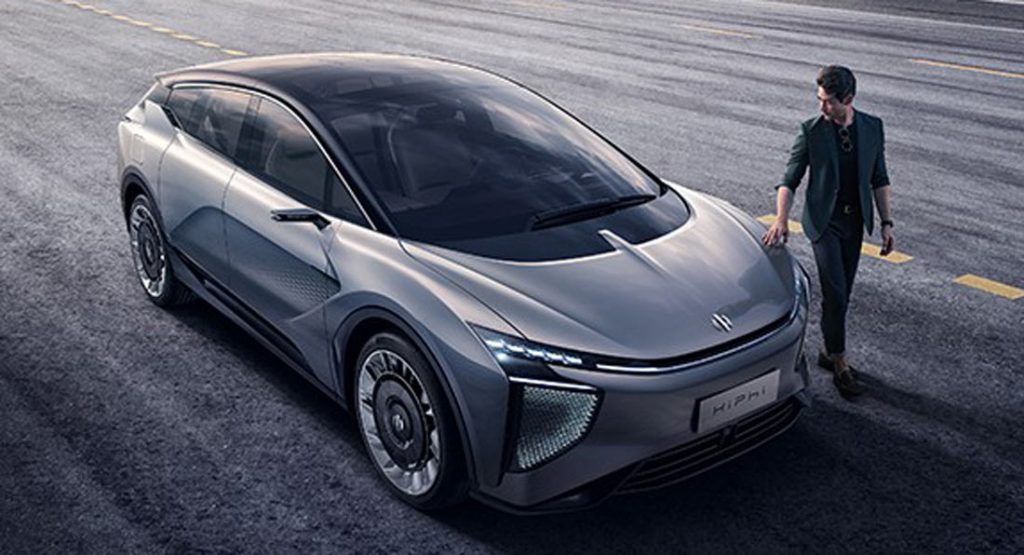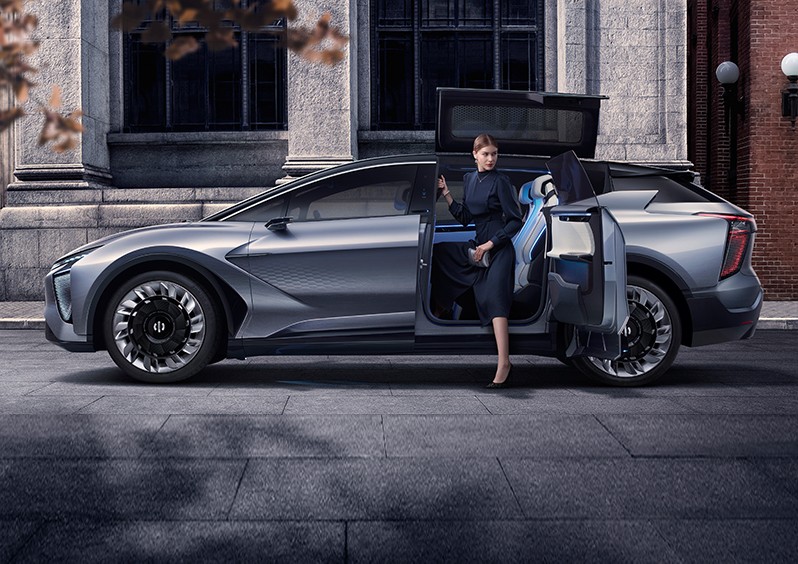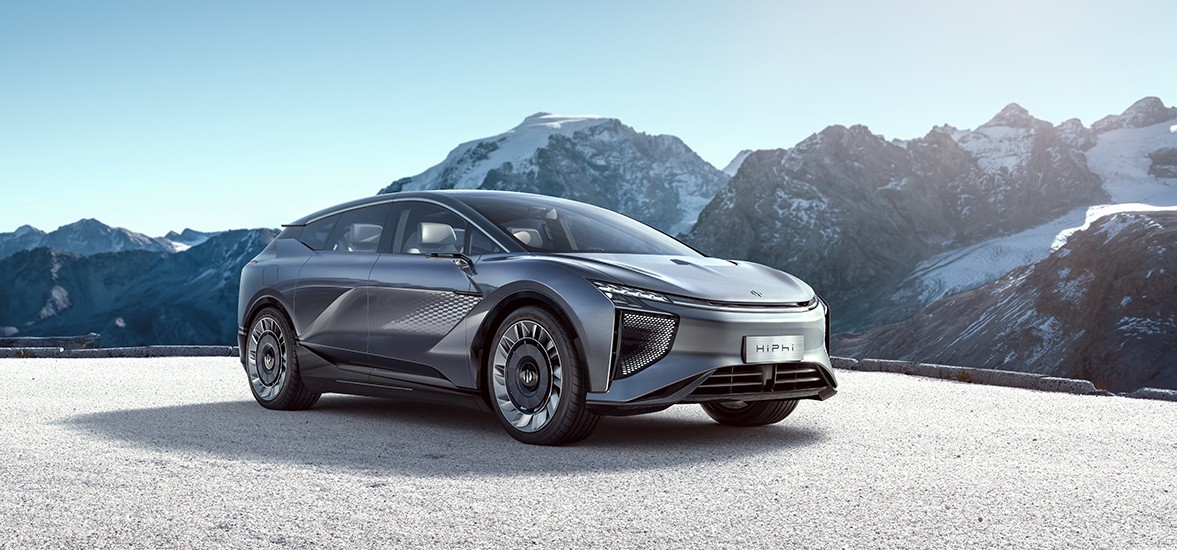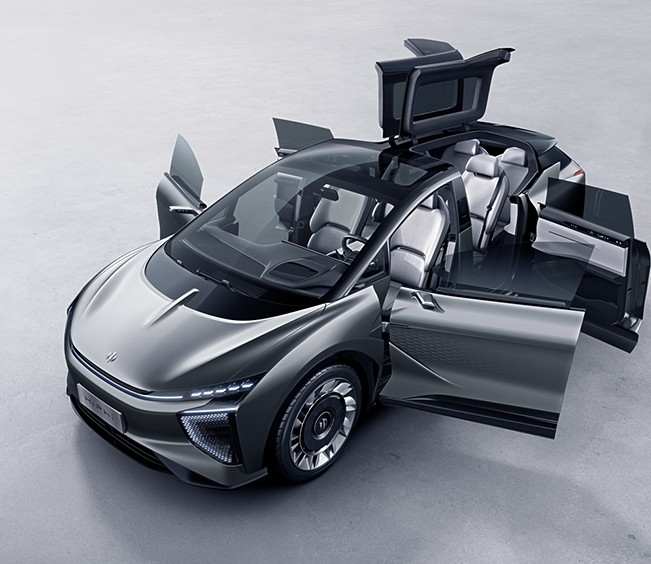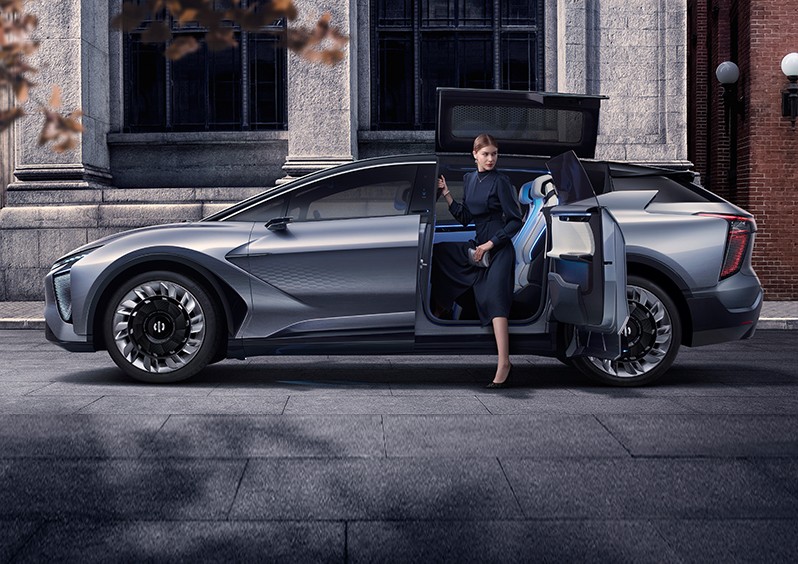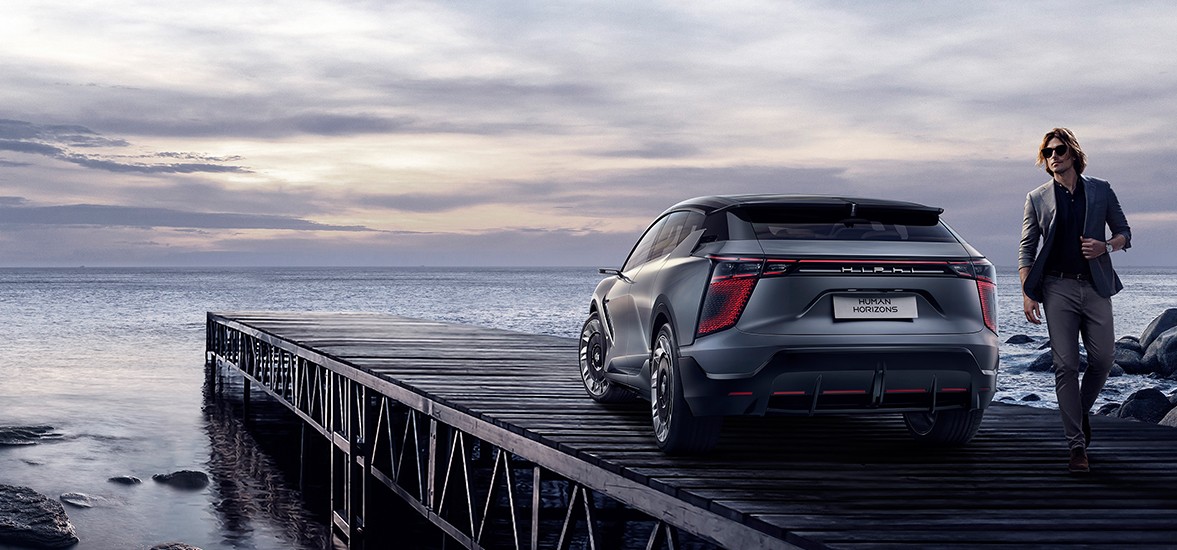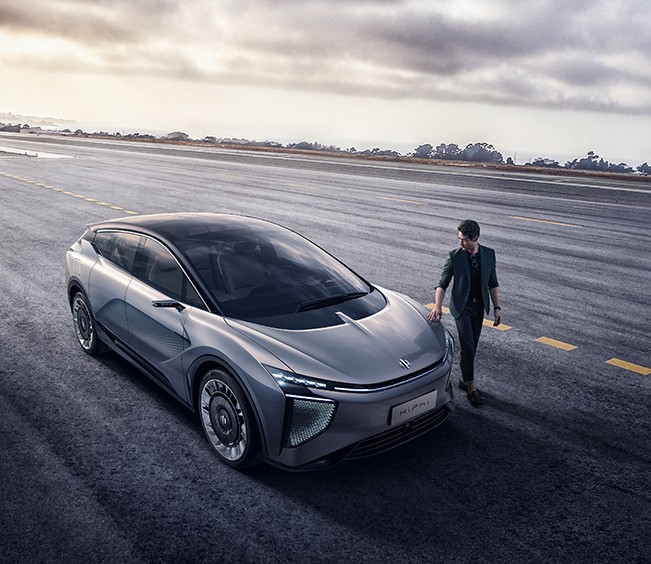Chinese automotive startups continue to pop up en masse in China and are recruiting some of the best talent from established OEMs. Recently, Jaguar Land Rover’s head of its Special Vehicle Operations (SVO) division, Mark Stanton, left the British car manufacturer to work for Human Horizons, a startup that revealed its first car last month.
Autocar recently had the opportunity to chat with Stanton and asked him why he left such a large and established company like JLR in the UK to move to China to work for one of the hundreds of startups wanting to make its presence felt in the world of electric and autonomous vehicles.
His response was that one of the key reasons he left was a feeling SVO hadn’t become what he hoped it would.
“SVO was meant to be the pinnacle and to begin with it felt that way,” he said. “I don’t want to speak ill of JLR because I still have a passion for them and the product, but the frustrations grew and grew. It should have been a great swansong but it didn’t turn out that way… I could have gone on another three or four years and retired, but I didn’t want to do that. I wanted to change direction and do something different.”
Also Read: Human Horizons HiPhi 1 Is China’s Latest EV And Boy Does It Look Familiar
Another reason was his increasing desire to produce efficient cars and help make EVs widely available.
“The environmental side has become really important to me. Cars have been around for 110 years and I’ve been working in the industry for 35 years. During that time, I think I’ve made the world a worse place. I’ve been contributing to the problem [of emissions],” he commented. “Conventional OEMs are trying to move forward, but it is so difficult with everything else they need to do. It’s much easier to create a new world from scratch.”
The first car from Human Horizons was unveiled in late July as the HiPhi 1. It takes the shape of a sleek six-seater SUV that has a Level 3 semi-autonomous driving system and will be sold in rear- and all-wheel drive configurations. The battery is slated to have a capacity of 96 kWh and be good for a range of up to 400 miles (644 km) in the New European Driving Cycle.



